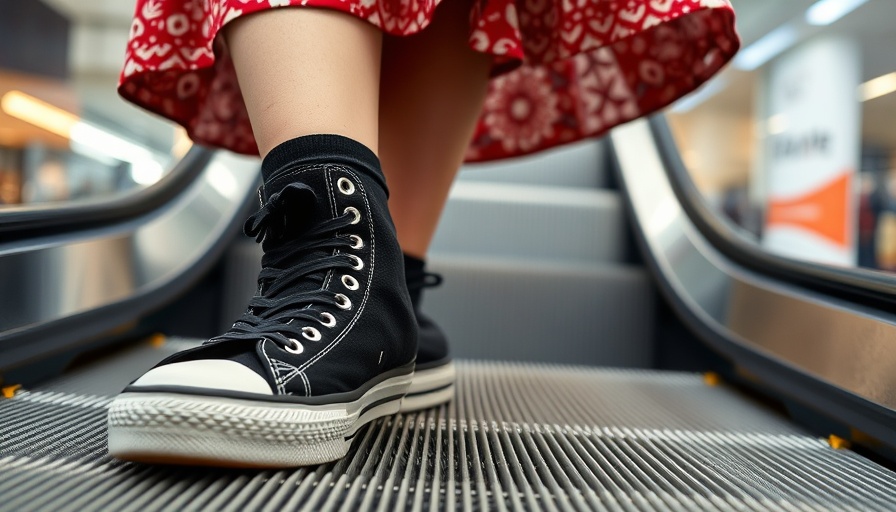
The Hidden Functionality of Escalator Brushes
When navigating busy venues such as malls, airports, and office buildings, many of us cruise onto escalators without a second thought. However, if you’ve ever looked closely at the edges of these moving staircases, you might have noticed the seemingly innocuous brushes lining the sides. Are they merely decorative, or do they serve a vital function? Surprisingly, these brushes play a crucial role in ensuring our safety.
A Safety Barrier: More Than Just a Brush
According to the experts at Precision Brush, these brushes are specifically designed to act as a safety precaution. They create a gentle barrier for pedestrians, discouraging users from getting too close to the edge, where the moving parts can pose a risk. The thought of loose shoelaces or clothing becoming snagged in the track may seem trivial; however, such incidents do happen. These brushes help minimize those dangers by acting as a buffer.
Regulations and Standards: The Need for Safety Features
While it may be tempting to view escalator brushes as an optional add-on, federal and state regulations mandate some form of boundary or barrier along escalators. Often, these regulations focus on ensuring safety and compliance rather than aesthetic design. Available studies reveal that these brushes are commonly seen in various public settings, advocating their necessity in injury prevention as people traverse escalators.
Why Knowing the Purpose of Brushes Matters
Understanding the functionality of escalator brushes can enhance our experience at public places. When we know that these brushes are there to keep us safe, we may become more conscious of how we navigate escalators. This awareness can serve to lower anxiety, especially in locations bustling with crowds.
Making Escalators Safer Through Awareness
Recognizing the importance of these brushes is just one step toward understanding broader safety measures in public spaces. Encouraging awareness among family, especially kids, about how to navigate escalators safely can foster responsible behavior. For instance, teaching children the importance of standing back from the edge and keeping loose clothing in check can mitigate the chances of accidents.
Embracing Safety in Daily Life
Escalators are just one example of how safety features in our daily environments can significantly affect our well-being. Much like how DIY home improvement projects can enhance safety and functionality in our own spaces, this principle applies to public structures as well. Just as we apply thoughtful touches in our homes—be it through renovation or decoration—public access structures benefit similarly from intelligent design aimed at enhancing user safety.
Final Thoughts: Awareness Creates Safer Spaces
Incorporating small adjustments in our own habits can dramatically improve public safety. The next time you step onto an escalator, remember that those brushes are there for a reason—your safety. By promoting awareness and understanding, both in ourselves and our communities, we collectively foster environments that prioritize our health and well-being.
For anyone looking to enhance their home environment following similar principles of functionality and safety, consider exploring various DIY home improvement ideas that can be easily integrated into your living space!
 Add Row
Add Row  Add
Add 




Write A Comment